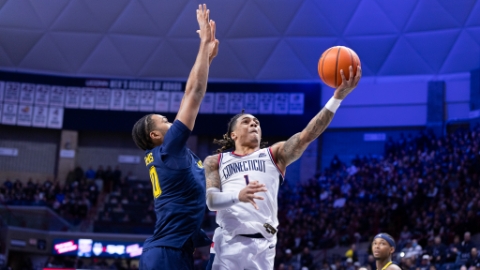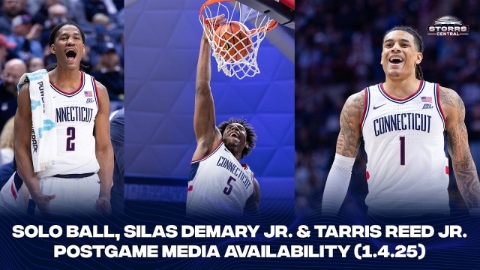
When we discuss rim protection in college or the NBA, the first place people look to is blocked shots. That’s certainly an important (and flashy!) statistic for rim protectors. But we know more now. In baseball, we used to assess fielders by how few errors they commited. But this missed an important factor: some guys didn’t even get to balls to error them. Total blocked shots or even per possession block percentage is an important indicator of the number of shots a centers gets to when defending. And centers with more range will get to more balls and block more shots. But unlike baseball and errors/fielding, protecting the rim isn’t necessarily a binary result of “Did you block the shot?” Because centers can alter shots they don’t block. They can force misses and poor quality shots that aren’t just utterly rejected. And they may face varying numbers of shots that isn’t necessarily represented by a rate percentage.
I’ve created a new measure of rim protection. I call it the Paint Protector Metric. It tries to add more context to how well a rim protector is doing his job by combining a few different variables using advanced box score stats and also on/off court performance variables. The three variables I’ve chosen are Block Percentage, On Court Opponent At Rim FG%, and Net Defensive Rim Rate. Block percentage is a classic rim protector stat and does show how many 2pt shots an opponent prevents from even having a chance to go in. On Court Opponent At Rim FG% helps to capture the difficulty of shooting against a particular paint protector. This stat gives a measure of how well opponents are limited by a team, even if the rim protector doesn’t get the block. However, this is a team-based defensive stat and although a rim protecting player will have the largest impact on opponent rim shooting, we need to add further context by including other stats to showcase how much individual control a rim protector has on the game. The last element of the metric is Net Defensive Rim Rate. This takes the opponents rim attempt frequency and subtracts from it the frequency of rim attempts when tht players is on the bench. Rim attempts for opposing offenses can be highly dictated by a team’s defensive scheme, so this highlights players who prevent highly efficient opponent rim attempts above and beyond the team “norm” that season.
My interest for this topic was piqued by Donovan Clingan’s defensive rim protection prowess this season at UConn, and I decided to apply the metric to every player drafted over the last 3 years who played in college plus those projected to be drafted this season, in order to see how Donovan stacked up with recent players like Dereck Lively and Walker Kessler. I included every season of those players (who went to college) to view the consistency of the metric over time. All data is from Hoop-Explorer.com. Since this is an NBA draft-focused projection, I limited it to games against top 100 competition in order to best simulate the highest level of competition while still providing a reasonable sample size. I also filtered out garbage time for everyone. I picked which players to include based on which players were listed as Centers on the NBA.com draft board website since the NBA draft of 2021. I standardized the results in each category for the 50+ player seasons recorded and then weighted each of the 3 stats equally Here are the results:
The main takeaway is that Donovan Clingan is the most dominant college rim protector of the past few years. While Chet Holmgren, Walker Kessler, Christian Koloko, and Neemias Queeta scored well, Clingan had 2 of the top 3 rim protection seasons by this metric. Luka Garza and Sandro Mamukelashvili were not so intimidating as defenders.



